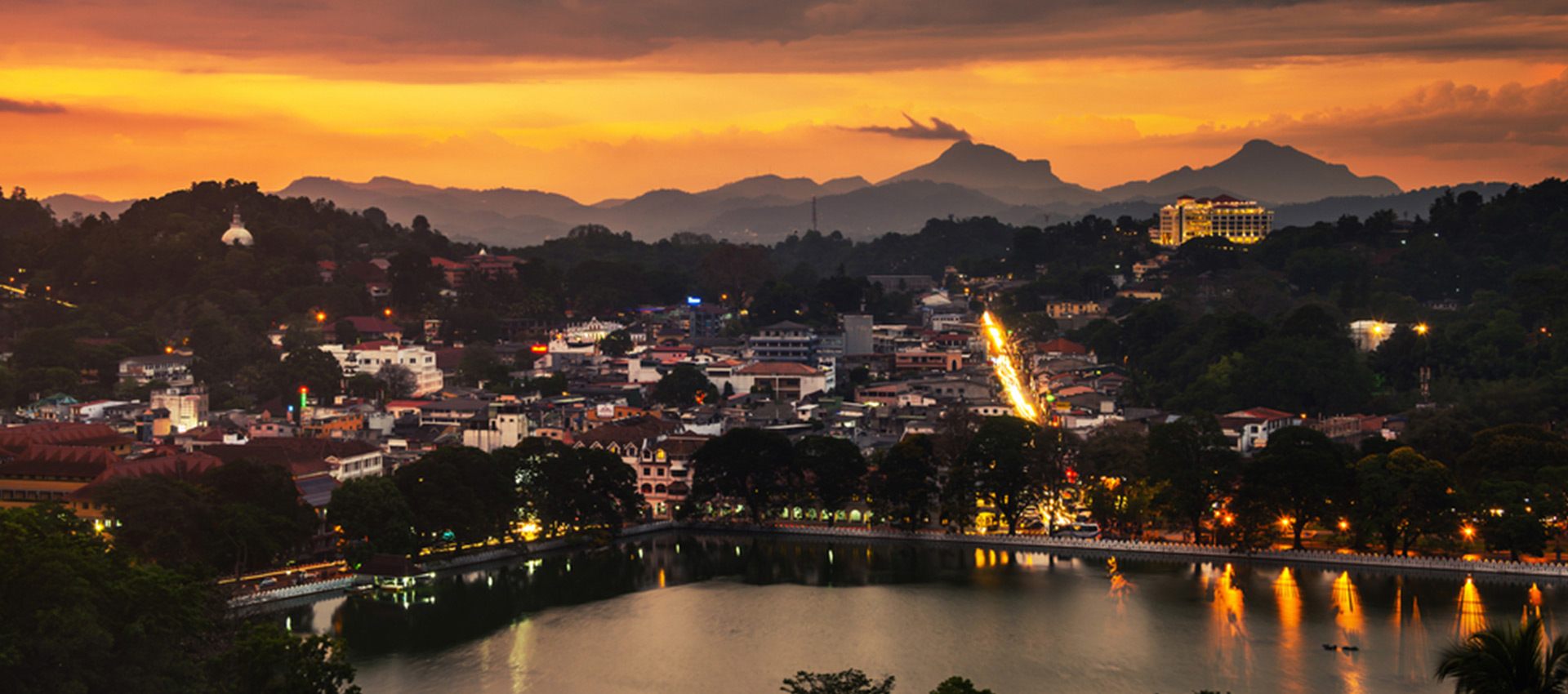Kandy sits at a far lower altitude than the other main hill towns and because of this often basks in higher temperatures and lower rainfall than in the hills to the south. December to April is the best bet. It is here that the skies are clearest June to August can be breezy and short on sunshine; October is generally the wettest month. Kandy’s temperatures are particularly inviting for European travellers. The variance between the coldest night and the hottest day is about 15 to 35C. Its hottest month – April - averages 25C and the coldest month, January, not one of Kandy’s best compared to many regions, still averages 22C with peak temperatures three degrees higher. If temperatures are stable throughout the year, rainfall does vary considerably.
Kandy has a significant amount of rainfall throughout the year, with about 180cms a year, although that is lower than many parts of the country and still leaves time for plenty of sunshine. Here is a region where you can get a taste of the hills with less risk of stubborn mist. Kandy is rare for Sri Lanka in that its periods of heaviest rainfall are not obviously affected by one of the two monsoons. There is an inter-monsoonal period of unsettled weather in October across much of Sri Lanka – and it is this period in October which introduces Kandy’s heaviest phase of rainfall. Late April can also be a wet period. The north-east (“maha”) monsoon hits the east coast from November to January. The main south-west (“yala”) monsoon brings rain to the west and south-west coasts and hills largely between May and July but has little effect in the hill country capital.
Best month to visit Kandy: March
| Average high °C | Average low °C | Average rain / m mm | Average rain days / m | Average sun hours / month | |
|---|---|---|---|---|---|
| Jan | 26 | 19 | 125 | 12 | 5 |
| Feb | 27 | 19 | 95 | 9 | 7 |
| Mar | 29 | 20 | 90 | 8 | 8 |
| Apr | 29 | 21 | 175 | 13 | 8 |
| May | 28 | 22 | 130 | 15 | 8 |
| June | 27 | 22 | 85 | 13 | 8 |
| July | 27 | 21 | 90 | 14 | 8 |
| Aug | 27 | 21 | 95 | 14 | 8 |
| Sept | 27 | 21 | 125 | 14 | 8 |
| Oct | 27 | 21 | 275 | 17 | 7 |
| Nov | 26 | 20 | 275 | 17 | 6 |
| Dec | 26 | 20 | 215 | 16 | 5 |
| Year | 27 | 21 | 147 | 13 | 7 |



